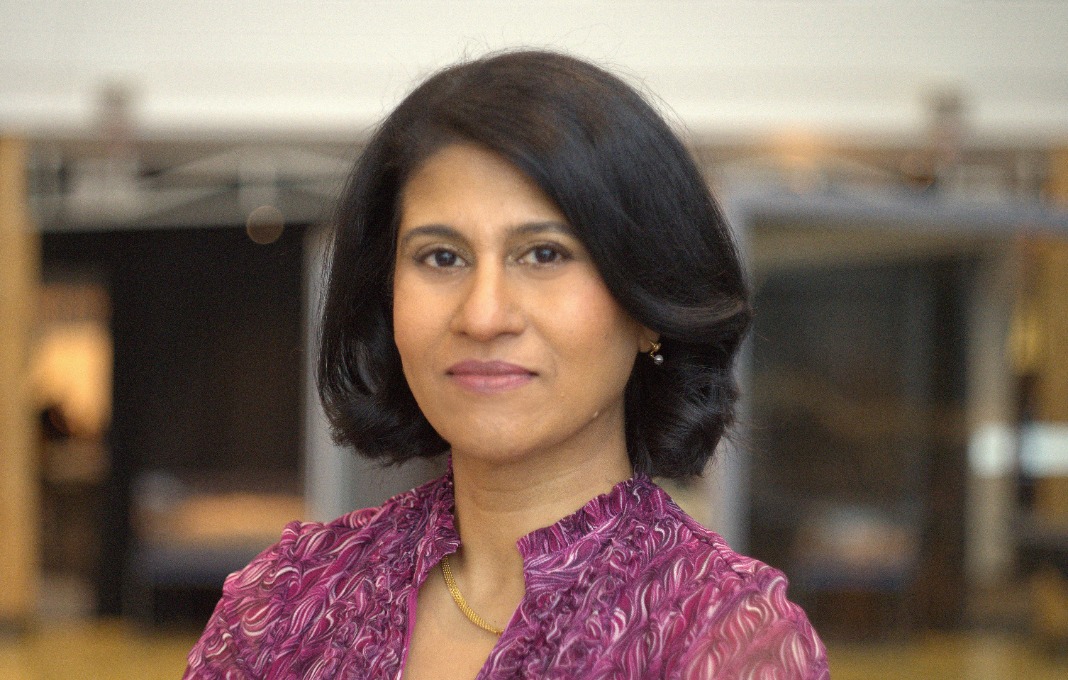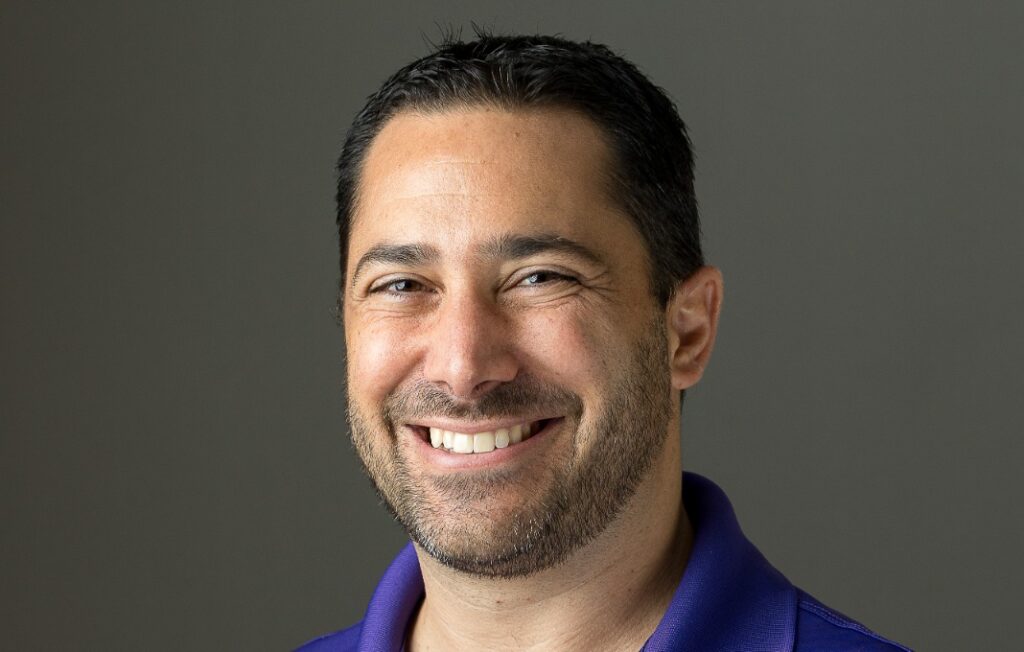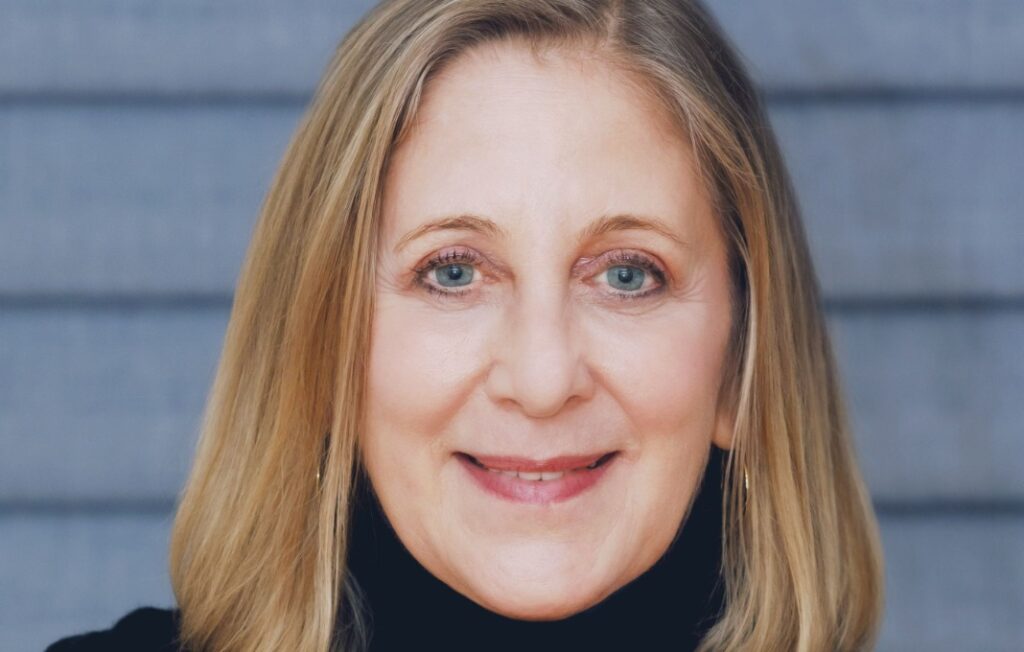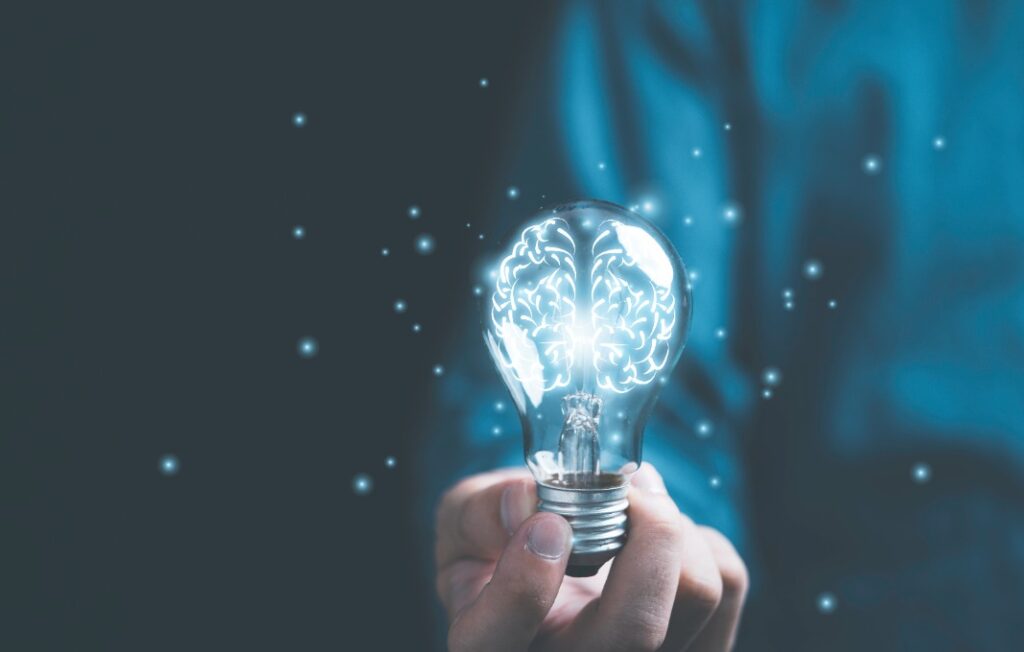Despite positive progress, complex societal systems continue to stymie more women and people of color from pursuing careers in either STEM fields or the skilled trades. As it is diversity of thought that drives necessary innovation, there is a wealth of untapped potential within reach.
According to Jayshree Seth, corporate scientist and chief science advocate at 3M, representation needs to improve across the board, all the way up to executive leadership. The first step? Awareness: “It is important that the public recognizes and speaks up about the challenges women and underrepresented groups face.”
What are the biggest challenges faced by women and underrepresented groups in STEM and skilled trade fields?
Numerical underrepresentation and negative stereotypes continue to contribute to challenges for women and underrepresented groups in STEM and the skilled trades, which can impact these groups disproportionately throughout their careers. Today, we see more attention and conversation addressing these challenges and demanding change—not just from those inside the field, but from public opinion as well.
The 3M 2023 State of Science Index—original, third-party research that explores the global perception of science—found that 80 percent of Americans agree more needs to be done to encourage and keep students from underrepresented groups engaged in STEM education. Additionally, 72 percent say underrepresented groups often do not receive equal access to STEM education.
While we seem to be making headwinds in the right direction around these challenges, there is still much work to be done to even the playing field and create a more inclusive environment for women and underrepresented groups in STEM.
How do you see this improving for the next generation?
Challenges around equity begin at an early age for women and underrepresented minorities—and they continue to snowball for those who choose to pursue these careers despite society telling them otherwise. It is important that the public recognizes and speaks up about the challenges women and underrepresented groups face.
The problem of underrepresentation is complex. Many play a role in what is needed to show real change—parents, teachers, educators, mentors, peers and employers. Families, schools, communities, society and culture also play key roles in what I call the “STEM E’co-system:” Exposure. Encouragement. Empowerment. Education. Economics. Engagement. Equity. Strategies are needed from early childhood, K-12, higher education and all the way to the workplace to address the primary challenges.
Specifically for skilled trades, the 3M State of Science Index found that 87 percent of Americans believe if the image of skilled trade careers improved, more people would choose to go into one. Furthermore, 60 percent say parents are discouraging their children from pursuing a skilled trade and 59 percent believe there is a negative stigma around being a skilled trade worker. This fuels the “E’co-system” as well, as these are the perceptions we must change.
We must inspire girls and boys—of all backgrounds—at a young age by tapping into their pro-social goals and by providing access to affordable resources, serving as mentors and ensuring younger generations see people who look like them in leadership positions across these fields.
In 2021, for example, 3M created the docuseries, Not the Science Type, to highlight the journeys of four female scientists—including myself—who challenged stereotypes and bias by confronting gender, racial and age discrimination on their journey to prominence in the field. And in 2022, 3M released Skilled, a docuseries created to dispel misperceptions and showcase diverse and meaningful trade careers. These are the stories we need to keep telling.
Why is it important to advocate for diversity in science?
There simply are just not enough people of color or women in many scientific fields and skilled trades. In fact, 85 percent of Americans believe it is important to increase DE&I in skilled trade fields and 93 percent believe the workforce needs more skilled trade workers.
If we don’t find a solution to the shortage, most anticipate consequences in their country such as negative economic impacts, neglected public infrastructure and a decline in the overall quality of life and safety risks.
I firmly believe that greater diversity in the workforce—and personally, the scientific workforce—will lead to a greater positive impact on society. This is why I’m such a passionate advocate for breaking down barriers and stereotypes to help women and underrepresented groups enter these fields.
How can we encourage more diversity in STEM and the skilled trades?
Women and underrepresented groups are sources of untapped potential. This goes for both STEM and skilled trade professions. We need to level the playing field for people of all genders, races and backgrounds. While we are breaking down barriers, we still need diverse leaders to be more visible so that the younger generation can say, “If I can see it, I can be it.”
We also need to be and remain active in our communities. This not only spreads awareness but encourages participation.
At 3M, we are very active in the communities we operate in around the world. For example, in 2021 3M announced a global, education focused goal to advance economic equity by creating five million unique STEM and skilled trade learning experiences for underrepresented individuals by the end of 2025. We are also aligned with the United Nations Sustainable Development Goals and are committed to creating a diverse science community and a more positive world with science.
I truly believe that greater diversity in the sciences will lead to greater impact. The world requires innovation. Innovation needs science. Science demands diversity. Diversity warrants equity.








